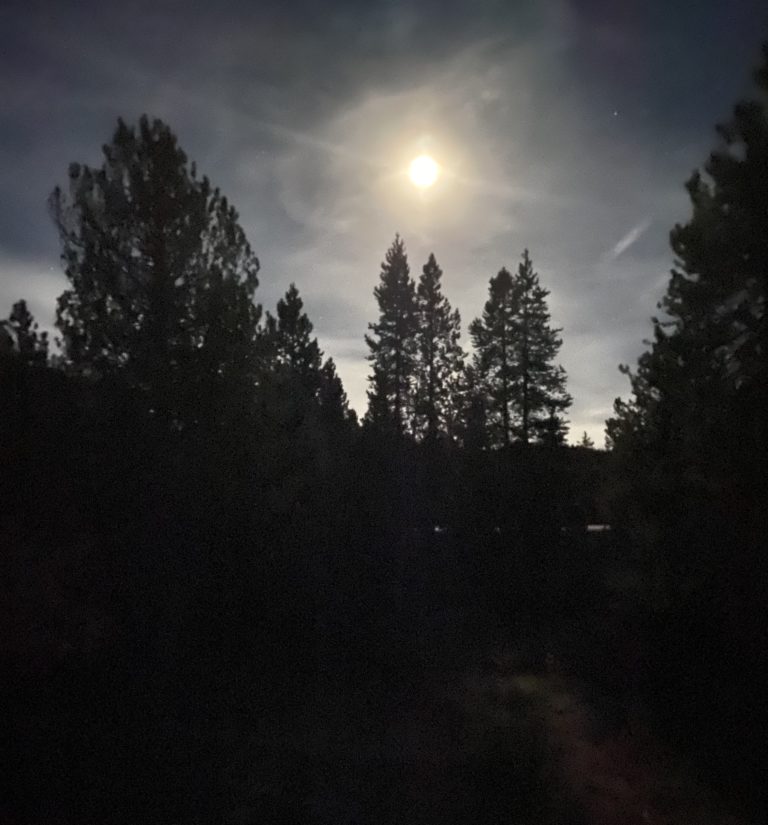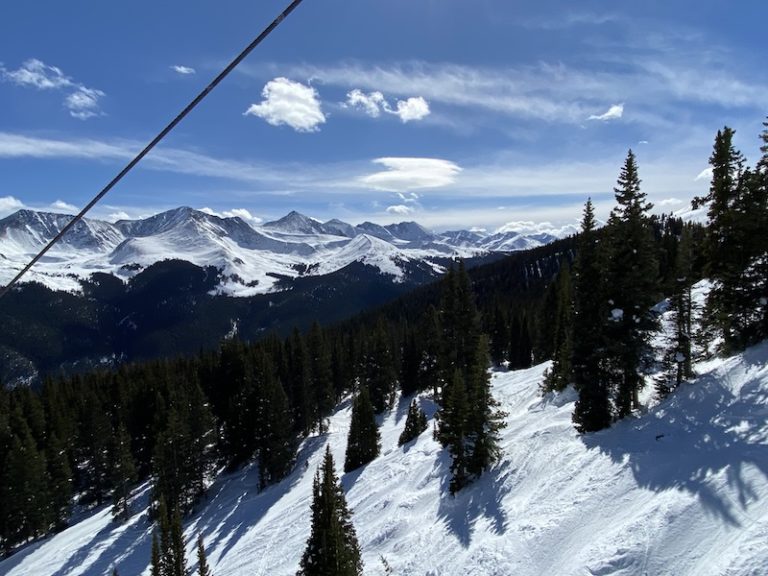Adventure and the Challenge of Your Daily Grind

“Are you sure we have time for this?” my husband, glancing toward the sky.
Twilight was settling fast. Darkness wouldn’t be far behind. To be clear, my husband has no fear of walking in the dark. He was thinking of me. I’m not what one would call sure-footed.
“Probably,” I answered, preparing myself for an abridged version of our favorite trail. “Actually, Babe, we timed this perfectly for a night hike. We know the trail and our night vision can develop as we go.”
After decades of hiking in bear country, we’d forgotten we could head out on the trail after dark.
Little of evening’s lingering light penetrated the forest. As night fell, the friendly, familiar woods became foreign and cold. Disquieted by change, I walked through the closing tunnel of usually-companionable oak and sycamore trees. Slowly, my eyes adjusted to the low light and I could see the forest for what it was—even in the dark.
A Different Way to Navigate
Hiking at night is more than an adventure. It’s navigational practice for life. It develops our skills and strengthens our souls for the challenges we face in our daily grind.
Out from under the influence of our eyes, our attention shifts to our senses that get overshadowed by sight. We’re aware of what we hear, smell, and feel, and we give weight to the messages we receive from our ears, nose, and skin. We know beyond what we can see.
Sometimes we walk in the dark because we want to. Sometimes we walk in the dark because we don’t have a choice. Maybe you know what it is to find the landscape of a once-familiar life slipping into shadow, making it hard to find the way. Maybe you’d rather bust out a flashlight and skip all the extras the night has to offer. But day or night, we walk by faith, not by sight. Flashlights aren’t part of the deal.
As vision-driven people, this is a challenge. Maybe it’s the challenge. We’re wired to navigate by what we see. But sight, according to Matthew Henry, “is reserved for the other world” while faith is for the world we live in today. It would be more comfortable the other way around.
Faith is not about feeling comfortable. It’s about knowing the comforter. As Jeff McClinitic reminds us here, that’s hard to do if we never move from our comfort zone.
From the Trail
My husband and I take off at twilight more often these days. Here are a few things hiking in the dark is teaching about connecting adventures with walking by faith through the daily grind.
- Give it time. Just as it takes our eyes a while to adjust to the dark, adapting to challenging circumstances takes time. Allow yourself the time you need, even if it’s longer than you want or expect.
- Use the available light. God rarely illuminates the way forward like a city strip on Friday night. He lights the path at our feet—just enough for the next step.
- Slow down. Walking even a familiar trail is a slow process in the dark. Keeping an appropriate pace does more than prevent injury. It keeps us from missing what we’re here to see and do.
- Set your focus—and your mind. Perspective changes things. Because of the design of the human eye, our night vision is sharpest peripherally. Looking at the world this way is not natural for us. Both walking in the dark and navigating by faith call us to set our focus differently than we are naturally inclined.
- Tell someone where you’re at. When you head out on the trail, it’s always a good idea to tell someone where you’re going and when you plan to return–especially at night. The same is true in life. If you find yourself traveling unfamiliar or tough terrain, tell someone. Two are better than one. We’re not meant to walk life’s road alone.
If you haven’t taken the challenge to get out on the trail at night, give it a try. It’ll do you good—body and soul. Grab your calendar. Choose a date. Pick a trail. Let us know how it goes in the comments.
Happy trails ~
Natalie







